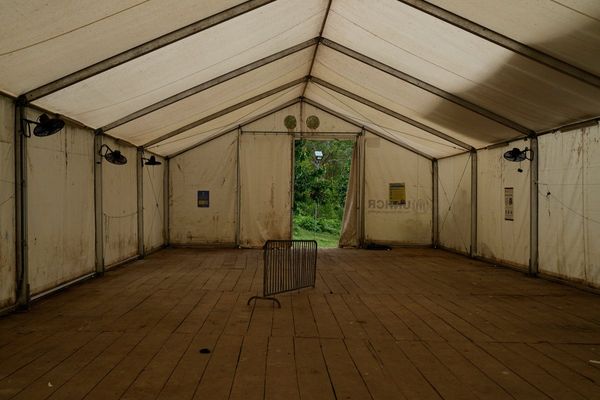
Along with steel and (acres of) glass, this is the most important building material in the canon and palette of modern architecture. Developed in France from the 1850s, it is a hugely strong material that has a raw beauty of its own. It is usually strengthened using reinforcement bars (rebars) – mainly made of steel – giving the concrete higher tensile strength.
Illustration: Emma Kelly

Glass technology has moved on in leaps and bounds since the completion, in 1932, of the daring Maison de Verre, Paris, by Pierre Chareau. The house remains an inspiration to architects around the world who continue to make the most of this symbolically modern material.
Illustration: Emma Kelly

Computer-aided design, malleable materials and a desire to break away from the box-like architecture that dominated the first three decades following the second world war has led to an explosion in freeform, or “iconic” design. Today, if it can be built, anything goes.
Illustration: Emma Kelly

To gain maximum interior space free of columns, architects and engineers came up with the idea of putting the entire structure of a building on the outside. Today, the skylines of new cities such as Dubai are witness to this engineering-led form of design.
Illustration: Emma Kelly

From the design of the Olympiapark for the 1972 Munich Olympics onwards, huge strides have been made in the design and construction of ultra-modern tent-like roofs. From the opening of the Mound Pavilion at Lord’s cricket ground (Michael Hopkins and Partners, 1987), such structures became a common sight in Britain.
Illustration: Emma Kelly

Wallclimber lifts became a much talked-about feature inside hotel lobbies in the US from the 1960s, but when the Lloyd’s Building (1986) by the Richard Rogers Partnership revealed glass lifts on the outside of the building, this seemingly wayward – if gloriously panoramic – idea caught on worldwide.
Illustration: Emma Kelly

Discovered in Cornwall in the 1790s, it took a long time for this beautiful, corrosion-proof metal to make it into the world of architecture. It finally took off with the stunning roof cladding of Frank Gehry’s Guggenheim Museum, Bilbao (1997). It remains more expensive and harder to work than steel.
Illustration: Emma Kelly

A must-have for buildings wishing to display their green credentials in the 21st century, although many of the most energy-efficient new buildings use their structures to retain heat, thus cutting down on the need for expensive solar panels. They are most useful to remedy the inefficiency of old buildings.
Illustration: Emma Kelly







